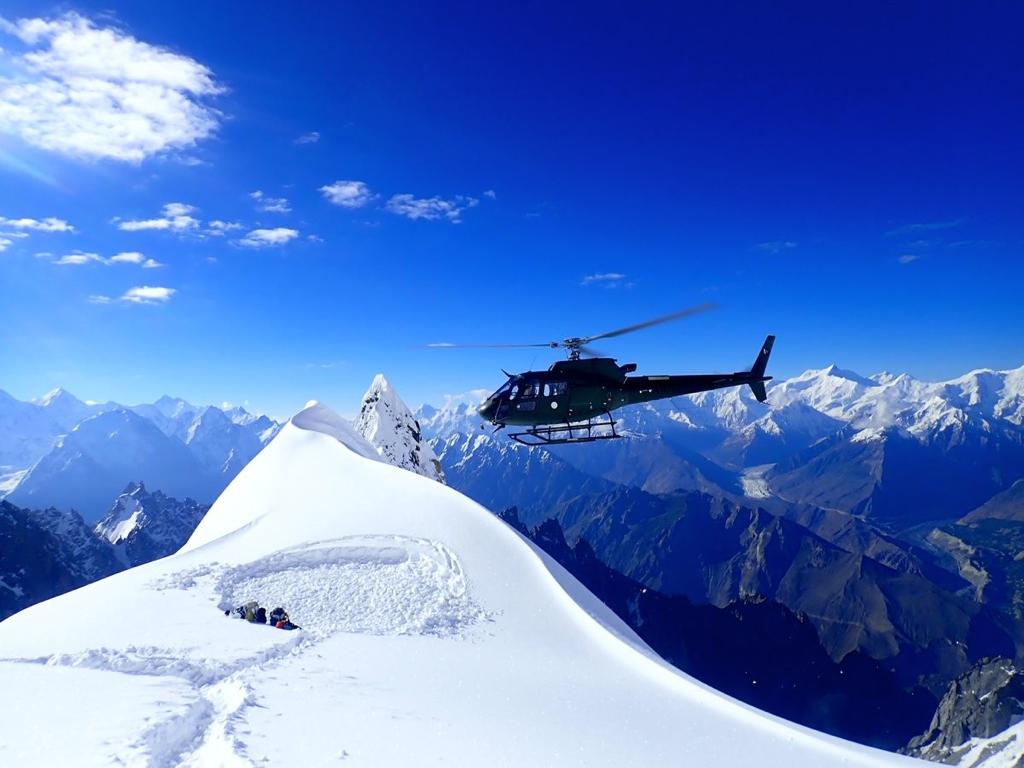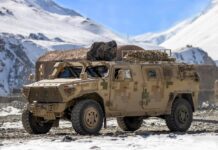Note: This article discusses Pakistani Military Aviation support to Mountain Rescue Operations and Peacekeeping Missions.
The Pakistani military flies a combined strength of around 400 military helicopters, which include several different types of machines. Whilst most of these helicopters perform various tactical functions including troop transport, aerial reconnaissance, anti-ship and anti-submarine warfare, aerial assault, paratroop insertion and light combat air support; they are also used in various secondary missions in support of the Government and people of Pakistan.
These include proving vital humanitarian assistance and disaster relief (HADR) as well as Search and Rescue (SAR) facilities to not only Pakistanis but the international mountaineering and tourist community that come every year to the north of Pakistan in order to enjoy the world’s largest and most pristine concentration of high-peak mountains. Only the Pakistan Army have the needed pilots, ground crew, equipment and training to conduct these missions, where flight envelopes and mission profiles go well beyond what is taught in any civilian aircraft training school.
The necessity and vital importance of the Army, Air Force and Navy’s helicopter fleet was again put forward into the spotlight during the massive floods of 2022, leaving almost one-third of the country under water. The military helicopter fleet was surged by the commanders of the Pakistan Army Aviation Corps, the Pakistan Air Force CSAR squadrons, and the Naval Air Arm and they were put into immediate usage, and they flew back-to-back sorties in order to get vital supplies and relief materials to those numerous localities throughout the country where road linkages were cut off. Not only that, many people in need were airlifted from rising water around their roofs and taken to safe locations.
As for the mountain rescues, the Pakistan Army is the sole provider of helicopter-rescue services in the Himalayan mountains inside Pakistani territory. 2018, for example, was a record-breaking season for helicopter rescues in Pakistan, with four high-profile rescues making headlines in both climbing and mainstream media – three of which broke records for flight duration, landing altitude and fixed-line recovery height.
An unprecedented 38% of expeditions in Pakistan called for evacuation that year. This is a vital and much needed capability. An interesting example is quoted here; in May of 2018, an avalanche on Ultar Sar triggered by a storm hit the tent of mountaineers Christian Huber, Tim Miller and Bruce Normand, killing Huber.
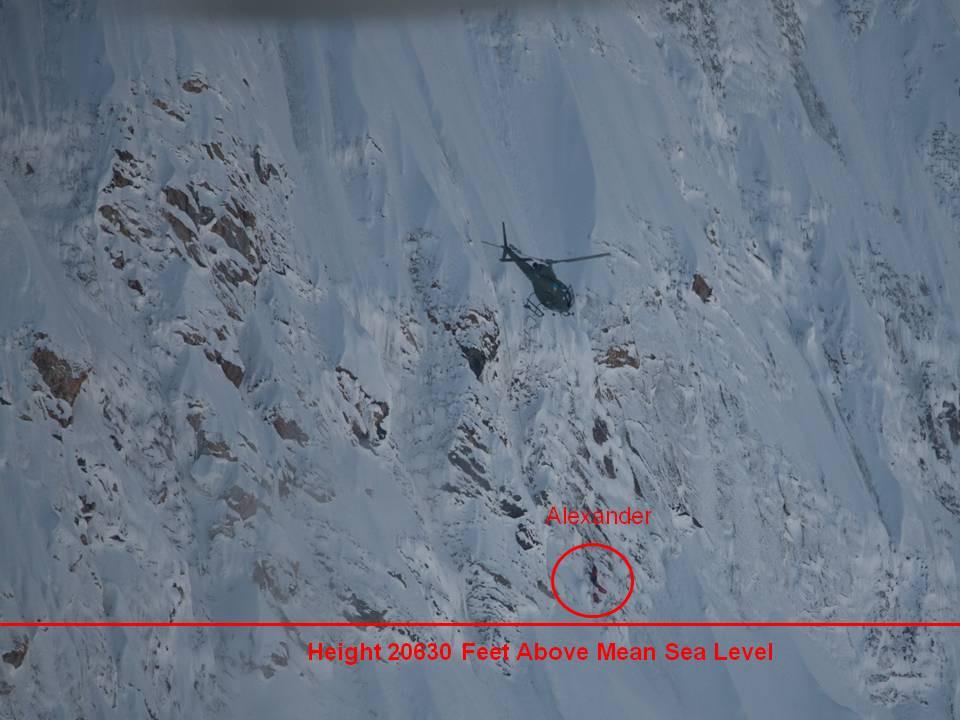
This rescue was one of the highest ever helicopter landings and certainly the highest ever in Pakistan, at 5900 m; to some extent this was only possible because Miller and Normand were uninjured and could make a suitable landing pad in the snow. While the mountains in this region might be a playground for mountaineers, the Baltoro Glacier remains a war zone; a restricted area within range of Indian guns.
Helicopters are present to protect Pakistani air space and to support their ground troops by dropping supplies and evacuating the sick and injured soldiers. The interface for rescues in the Pakistani Himalayas is a commercial company called Askari Aviation, whose staff are all retired military personnel. Once contact is made and an expedition’s plans shared, a security deposit of $12000 must be paid and upon a rescue call they will fly as soon as is feasible depending on weather and terrain. In principle they have other duties, like evacuating injured Pakistani soldiers, but usually they give stranded civilians priority.
Pakistan Army Aviation Corps also provide vital security support to the United Nations Peacekeeping mission. Pakistani soldiers are deployed in many war-torn and destabilized central and east African nations in order to positively contribute to the safety and security of those vulnerable communities. Pakistan Army Aviation helicopters are also present alongside our soldiers to provide security over-watch of long range patrols into guerilla-infested remote areas, as well as to deliver air logistics, both military and humanitarian aid on behalf of the United Nations, Pakistan is proud to be one of the largest contributor to UN Peacekeeping troops around the world, helping keep security to badly affected civilian areas in warzones.
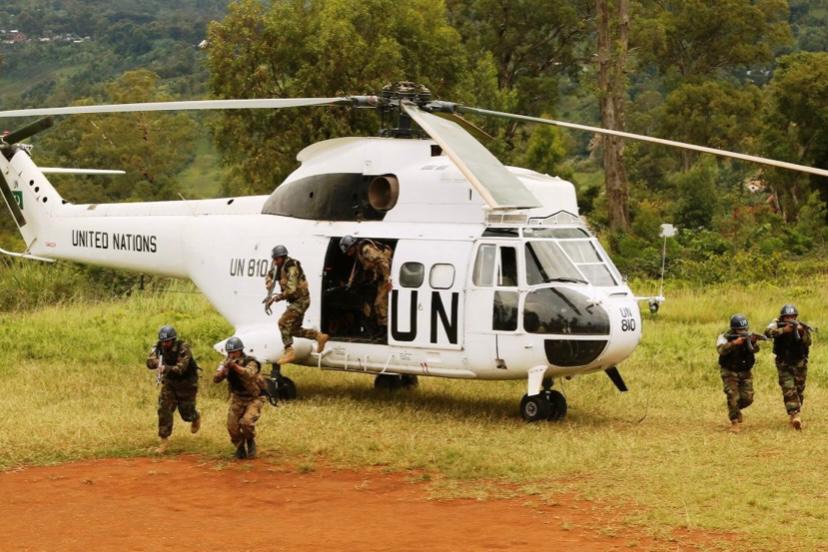
Six Pakistani helicopters are present on the ground as part of the UN Peacekeeping Mission. They provide critical air evacuations, relief supplies and troop transport facilities to the United Nations inside conflict zones.
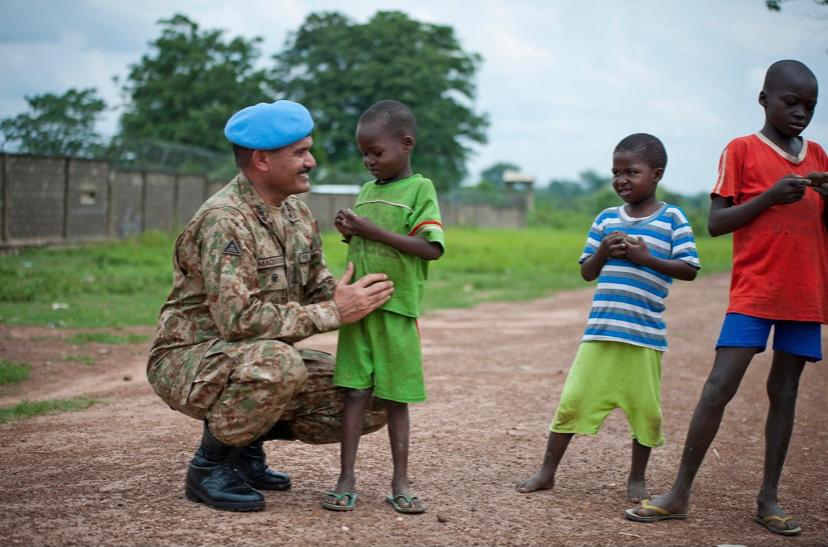
Most recently, eight UN peacekeepers, including six Pakistanis, a Russian and a Serb, part of the United Nations Stabilization Mission in the Democratic Republic of the Congo were killed in a crash of a helicopter operated by the Pakistan Army Aviation Corps while on a reconnaissance mission in the troubled eastern Democratic Republic of Congo, due to ground fire from militants.
#WhiskeyPapa
#TeamPakistanStrategicForum



